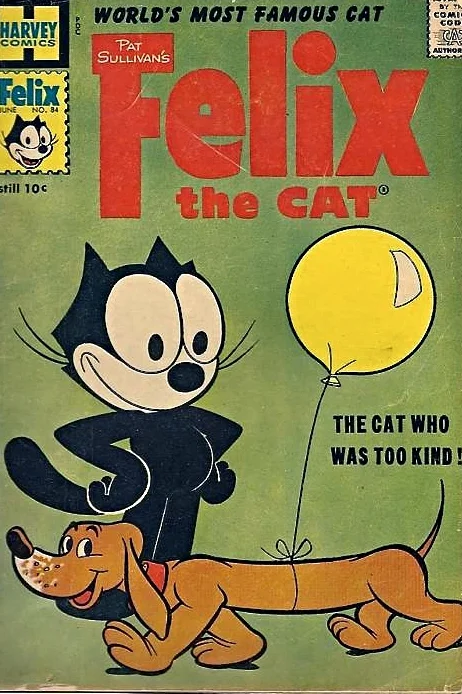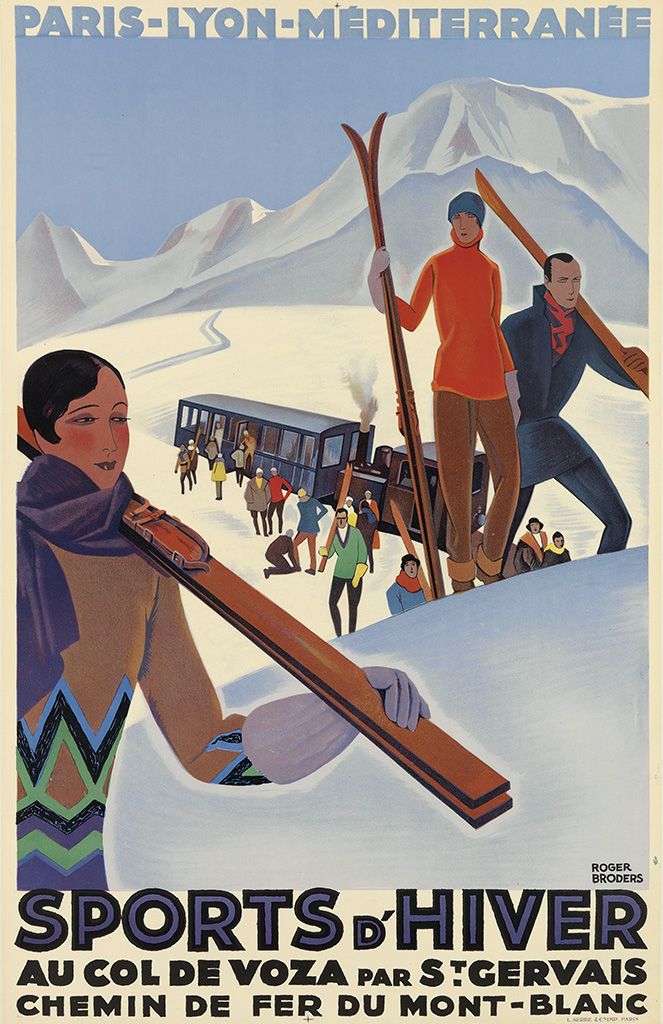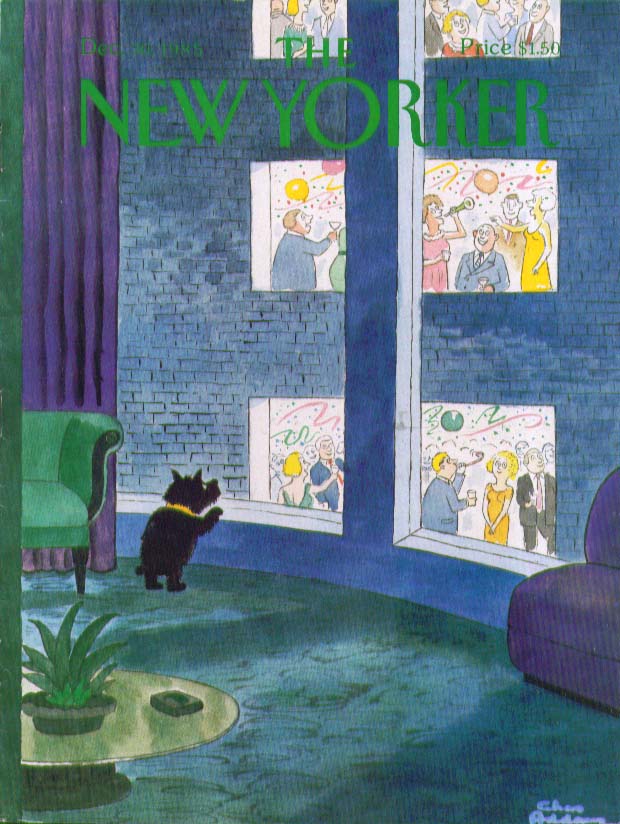Happy Memorial Day weekend! I'll be trying to figure out how to have a great grill-out using only fruits and veggies and hanging out in the garden. I give you a few magazine covers celebrating the armed forces as well as a couple of films I'll be watching this weekend.
The New Yorker August 1943. Cover by Constantin Alajalov
A 4th of July 1943 cover by Constantin Alajalov that is also perfect for Memorial Day
The New Yorker Feb 1943 | Cover by Constantin Alajalov
Lilliput Magazine cover by Walter Trier, July 1942
A lot of of war movies playing this weekend on tv, and there are many excellent ones. I have a personal affinity to World War II films. "From Here to Eternity is one of the best.
This has to be my favorite World War II film. William Wyler's beautiful 1946 drama of soldiers returning home after the war to try and pick up their lives. Playing tonight at 10:30pm EST or 7:30 PST on Turner Classic Movies' Memorial Day Marathon. Don't miss it!





























